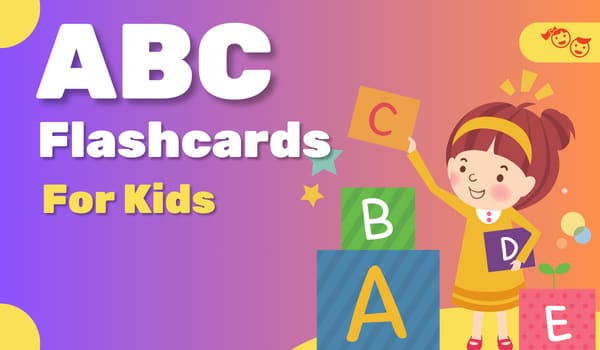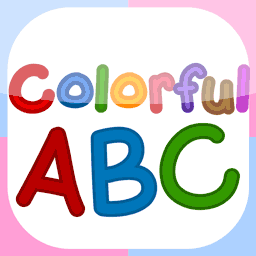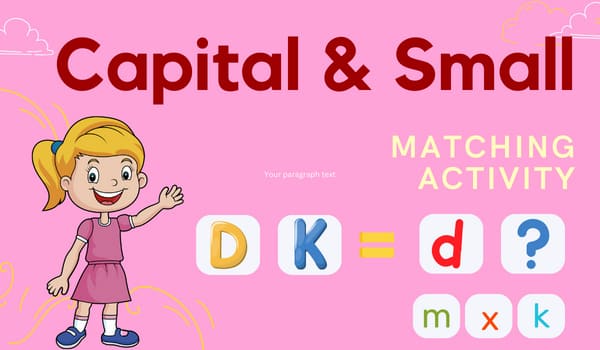Engaging a preschooler’s curious mind is challenging, but imagine a fun, interactive method not only to keep their attention but also to fine-tune their motor skills. Welcome to the world of tracing—a simple yet powerful tool in a preschool teacher’s toolbox. This often-overlooked activity is an effective way to equip kids with the penmanship and spatial awareness needed for their academic journey. Intrigued to learn more?
Table of Contents
ToggleTracing techniques to teach young learners
Everyone knows the importance of learning tracing at an early age, but how does one go about teaching it effectively? Here are some tips to help you get started:
Use your arm/hand to demonstrate the strokes
Instead of just telling your kids what to do, show them! Use your arm or hand to demonstrate the correct way to make a particular stroke. This will give them a visual aid and also help in developing their fine motor skills.
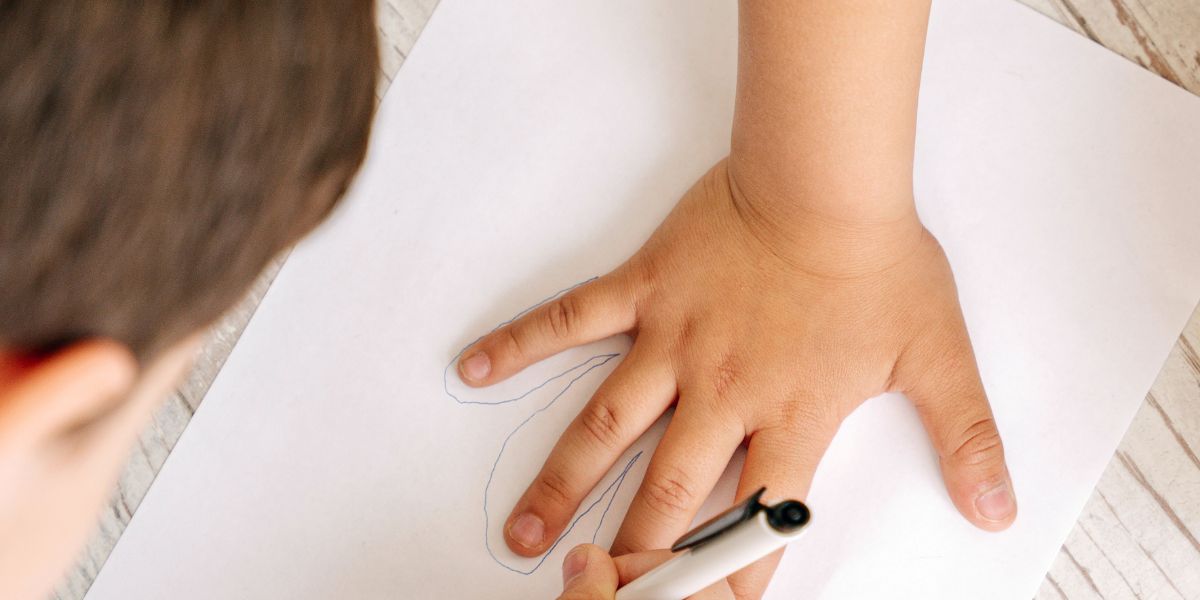
Yarn and popsicle sticks for tactile tracing
For kids who have trouble with holding a pencil, try using yarn or popsicle sticks as a tracing tool. This will give them a tactile experience and help develop their hand muscles. Plus, it’s a fun way to mix things up and keep them engaged!
Sand Tracing
A fantastic way to introduce a hands-on element to tracing activities is by using sand. Children can use their fingers or a stick to trace letters or shapes on the sandy surface, creating a multisensory experience that enhances their learning process. This engaging approach not only promotes tactile exploration but also fosters a deeper understanding of the subject matter.

Toys Shadow Tracing
Another creative way to teach tracing is by using toys and their shadows. Place a toy on a piece of paper and use a flashlight to cast its shadow. Encourage your child to trace the shadow, helping them develop hand-eye coordination and spatial awareness. This activity not only makes tracing more fun but also introduces an element of problem-solving as they figure out how to accurately trace the shadow.
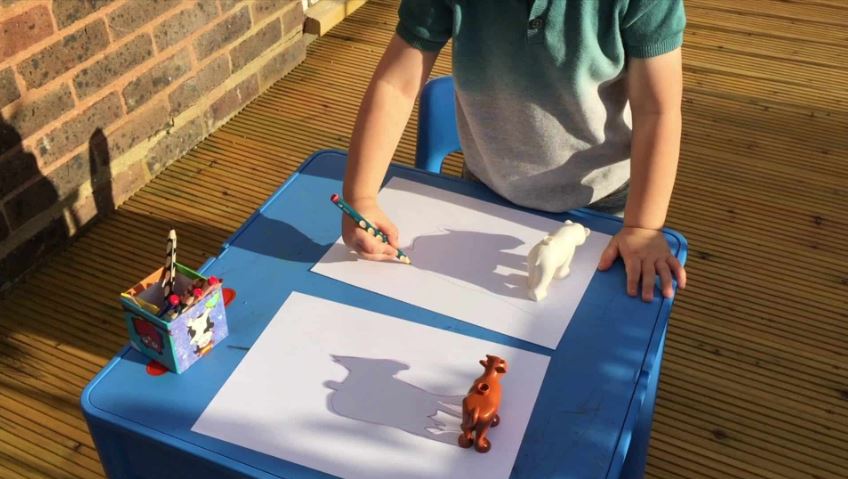
Tracing Papers
Using tracing papers is a classic method that never fails. Place the tracing paper over a printed image or shape and have your child trace it with a pencil. This activity helps in hand-eye coordination, fine motor skills, and visual perception. Plus, you can easily find free printable images online to make this activity more versatile and enjoyable.
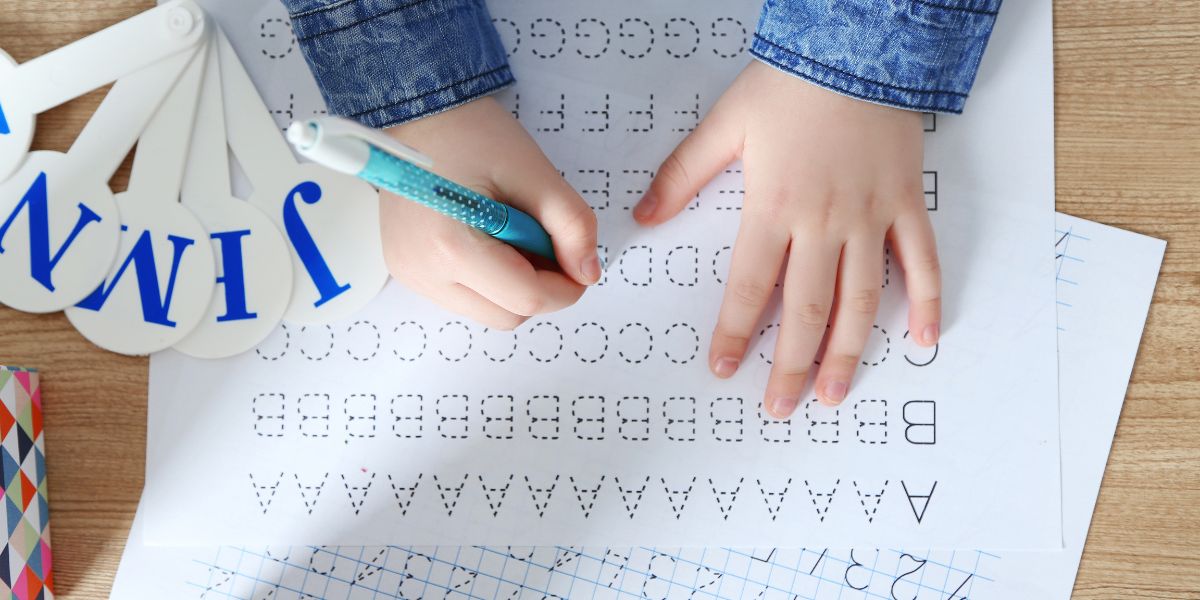
Different Apps for Tracing
In addition to traditional methods, there are also various apps available that make tracing even more interactive and engaging. These apps often incorporate fun games and challenges to keep kids motivated while they learn important tracing skills. Some popular options include ABC Kids, Shapes for Kids, and Writing Wizard. With these apps, kids can practice tracing on a digital platform while still developing crucial motor skills and hand-eye coordination.
Mirror Tracing
For a captivating and stimulating tracing activity, consider mirror tracing. Encourage your child to trace an image or shape while observing its reflection in a mirror. This engaging exercise not only adds an element of enjoyment but also develops precise hand movements and coordination skills.
Texture Rubbing
Enhance your child’s sensory experience by placing objects with captivating textures, like leaves, coins, or fabrics, beneath a sheet of paper. Encourage them to use a crayon or pencil to gently rub over the objects. This simple technique not only provides a delightful sensory stimulation but also enhances fine motor skills and hand-eye coordination. Get ready for a one-of-a-kind and engaging artistic adventure!

Playdough Tracing
Playdough is a beloved activity that combines fun with skill-building. Engage your child’s creativity and enhance their tracing abilities with this hands-on exercise. Simply roll out some playdough and flatten it on a surface. Then, place an image or shape on top and encourage your child to trace it with their fingers. Not only does this foster creativity, but it also strengthens their hand muscles and improves dexterity. It’s a delightful way to learn and grow!
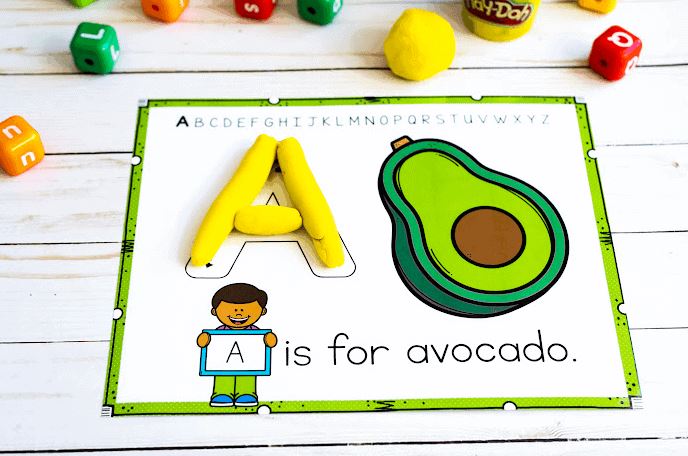
Final Verdict:
Tracing may seem like a simple activity, but its benefits are far-reaching. Not only does it improve penmanship and spatial awareness, but it also enhances fine motor skills, hand-eye coordination, and even problem-solving abilities. So why not make learning enjoyable for your child while equipping them with crucial skills for their academic journey? Try out these fun and interactive methods for teaching tracing and see the difference it makes! So, let’s get tracing!

